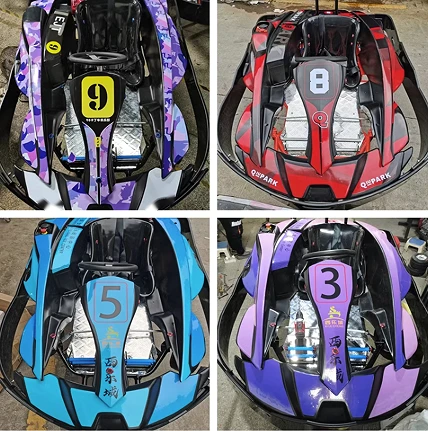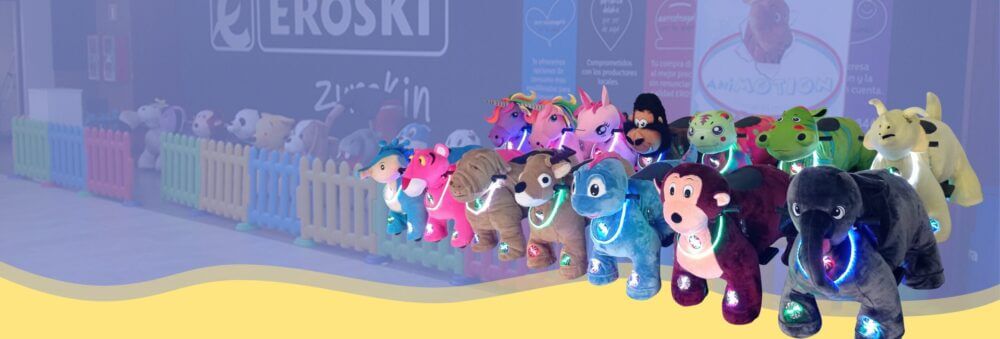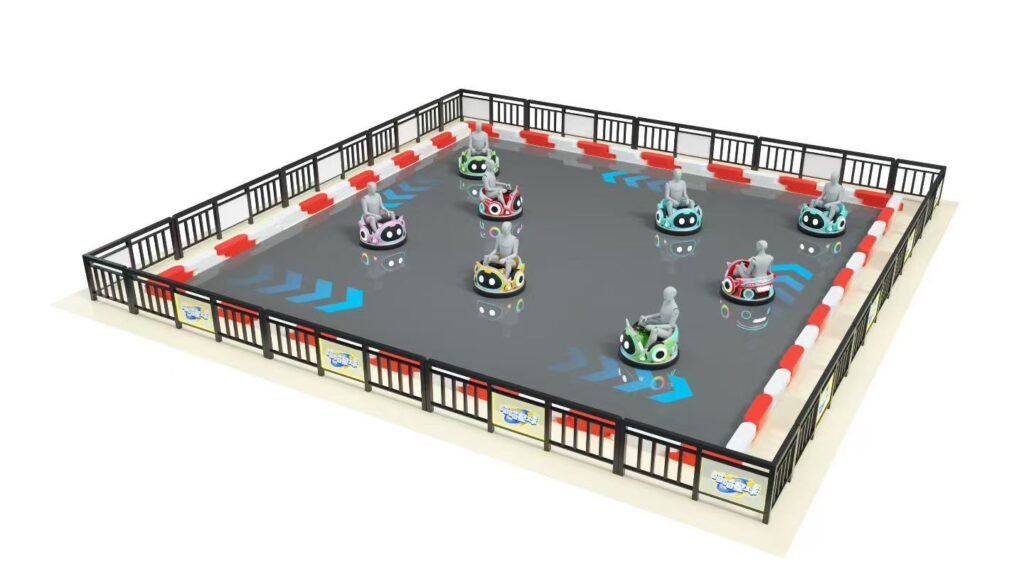1. The Popularity and Concerns Surrounding Bouncy Castles
Bouncy castles, also known as inflatable bounce houses, have become a staple at children’s birthday parties, community events, and even corporate gatherings. Their vibrant colors, fun designs, and promise of endless entertainment make them an irresistible attraction for kids. However, as their popularity has soared, so have concerns about their safety.
Recent studies and news reports have highlighted a significant increase in bouncy castle-related injuries, raising questions about their safety and prompting parents and event organizers to reconsider their use. This article aims to address these concerns by examining the risks associated with bouncy castles and providing practical guidelines to ensure a safe and enjoyable experience for children.
2. Understanding the Risks
2.1 The Alarming Statistics: Rising Injury Rates
According to a study conducted by the CHOC Research Institute, the number of children injured in bounce houses has increased dramatically over the past two decades. Between 2015 and 2019 alone, 82,748 children were treated for bounce house-related injuries in the United States, compared to just 5,599 during the period from 2000 to 2004. This represents a staggering 15-fold increase in injuries since 1995, a trend that shows no signs of slowing down.
Similarly, a prospective study conducted in Spain over a 12-month period found that 114 children were treated for injuries sustained in inflatable play structures. The study revealed that the most common injuries were fractures, particularly to the humerus and distal radius, followed by sprains and head injuries.
These statistics highlight the urgent need for increased awareness and stricter safety measures to protect children from preventable injuries.
2.2 Common Types of Injuries Sustained in Bouncy Castles
While bouncy castles are designed to be fun and safe, accidents can happen. Here are some of the most common injuries reported:
- Fractures: The most frequent injuries are fractures, particularly to the upper limbs, such as the humerus and radius. These often occur due to falls or collisions with other children.
- Sprains and Strains: Children can suffer from sprains or strains, especially in the ankles and knees, due to awkward landings or sudden movements.
- Head Injuries: Although less common, head injuries can occur if a child falls and hits their head on the ground or on another child.
- Cuts and Bruises: These can happen if a child bumps into the walls or netting of the bouncy castle or if they fall and land on a hard surface.
2.3 Identifying the Main Risk Factors
Several factors contribute to the risk of injury in bouncy castles:
3. Ensuring Safety: Guidelines for Parents and Event Organizers
To minimize the risks associated with bouncy castles, it is crucial to follow these safety guidelines:
3.1 Choosing a Reputable Supplier
One of the most important steps in ensuring bouncy castle safety is selecting a reputable supplier. Minye Fun, a leading manufacturer and supplier of inflatable parks and bouncy castles, prioritizes safety and quality in all their products.
- Quality Materials and Construction: Minye Fun uses only the highest quality materials and employs advanced manufacturing techniques to ensure their inflatables are durable, stable, and safe.
- Compliance with Safety Standards: Their products adhere to strict safety standards, including the European Safety standards UNE-EN 14.960:2014, ensuring they meet the highest safety requirements.
- Regular Maintenance and Inspection: Minye Fun conducts regular maintenance and inspection of their equipment to ensure it remains in optimal condition.
3.2 Proper Setup and Placement
Minye Fun provides comprehensive setup instructions and offers professional installation services to ensure their inflatables are set up correctly and safely.
- Secure Anchoring: They use robust anchoring systems, such as stakes or sandbags, to prevent the bouncy castle from tipping over or being blown away.
- Proper Inflation: Their inflatables are designed to maintain optimal air pressure, ensuring a stable and safe bouncing experience.
- Safe Placement: Minye Fun recommends placing the bouncy castle in an open area, away from hazards like trees, power lines, and water sources.
3.3 Implementing Safety Rules and Supervision
Minye Fun emphasizes the importance of following safety rules and providing constant adult supervision.
Safety Guidelines: They provide clear safety guidelines, including:
- Removing shoes, glasses, and sharp objects before entering.
- Prohibiting dangerous activities like flips and somersaults.
- Limiting the number of children inside to avoid overcrowding.
- Encouraging children to jump in small, similar-sized groups.
- Enforcing age restrictions, particularly for younger children.
Supervision: Minye Fun recommends having a dedicated adult supervisor who is responsible for enforcing safety rules and monitoring the children at all times.
3.4 Additional Safety Measures
Minye Fun also recommends the following additional safety measures:
- First Aid Kit and Emergency Contacts: Always have a first aid kit and emergency contact information readily available.
- Weather Conditions: Avoid using bouncy castles in adverse weather conditions, such as strong winds or rain.
- Regular Inspections: Regularly inspect the bouncy castle for any signs of wear and tear or damage.
4. Addressing Common Misconceptions About Bouncy Castle Safety
5. Balancing Fun and Safety
Bouncy castles can provide hours of fun and entertainment for children, but safety should always be the top priority. By understanding the risks, following safety guidelines, and choosing a reputable supplier like Minye Fun, parents and event organizers can create a safe and enjoyable environment for children to enjoy this popular activity.
Remember, the key to a successful bouncy castle experience is to balance fun with safety. With the right precautions in place, children can bounce to their heart’s content while parents and guardians can have peace of mind.







